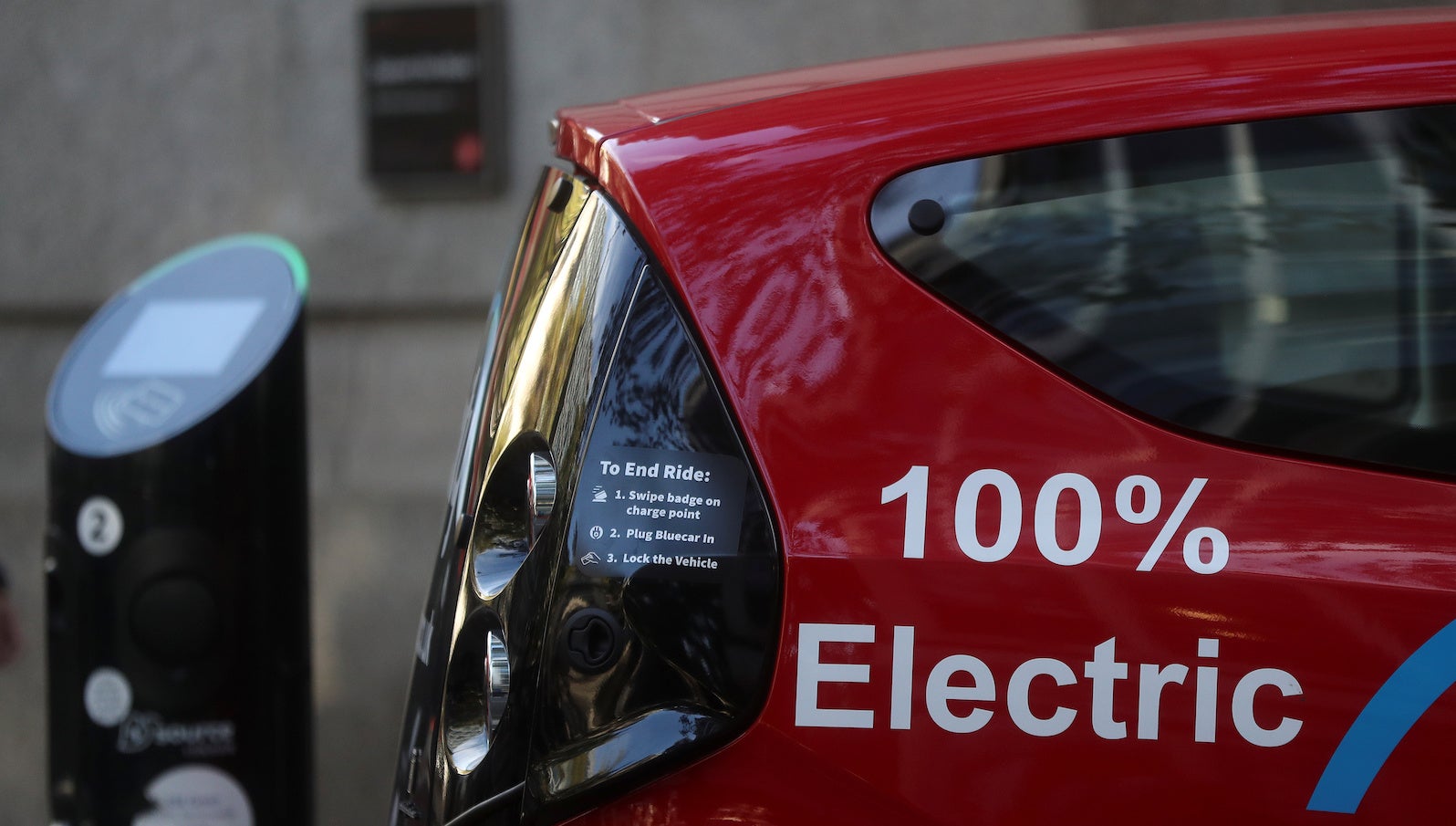The future electric car could be one giant battery
In cars, electric or otherwise, the bulk of the car is basically deadweight.


In cars, electric or otherwise, the bulk of the car is basically deadweight.
The engine does the hard work of generating enough energy to propel the car forward and the designers look for ways to make the car lighter and more aerodynamic so that the engine doesn’t have as hard. This is the reason that Teslas, for example, have retractable handles that sit flush with the doors.
Now, researchers at the Chalmers University of Technology in Sweden think the body of the car itself can become part of the battery. They looked at the microstructure of commercially available carbon fibers (which modern cars are made from and act as a safe-but-deadweight shell) and how that affects their ability to operate as electrodes in a lithium-ion battery in electric cars.
They found it is very possible. But the manufacturing of carbon fibers currently maximizes the potential stiffness of the metal sheets that make up the car chassis at the expense of their potential electrochemical properties. “A slight reduction in stiffness is not a problem for many applications such as cars,” said Leif Asp, a professor of material and computational mechanics at Chalmers.
“A car body would then be not simply a load-bearing element, but also act as a battery,” he added. “It will also be possible to use the carbon fiber for other purposes such as harvesting kinetic energy, for sensors or for conductors of both energy and data. If all these functions were part of a car or aircraft body, this could reduce the weight by up to 50%.”
Asp says these “structural batteries”—where the car body becomes one big element in the battery—could provide significant weight-reduction for electric vehicles, drastically increasing the distances a car can go on a single charge. It’s a big step beyond something like putting solar panels in the roof. This is a fundamental rethinking of what a car has traditionally been—a hunk of metal on top of a power source.
While the most obvious first step for this is cars, Asp and his team are currently working with aircraft makers to develop the technology. Electric cars are finally taking off but aircraft need to be much, much lighter if they are to be powered by batteries even for short-haul flights, a step to solving one of the world’s true environmental disasters (paywall).